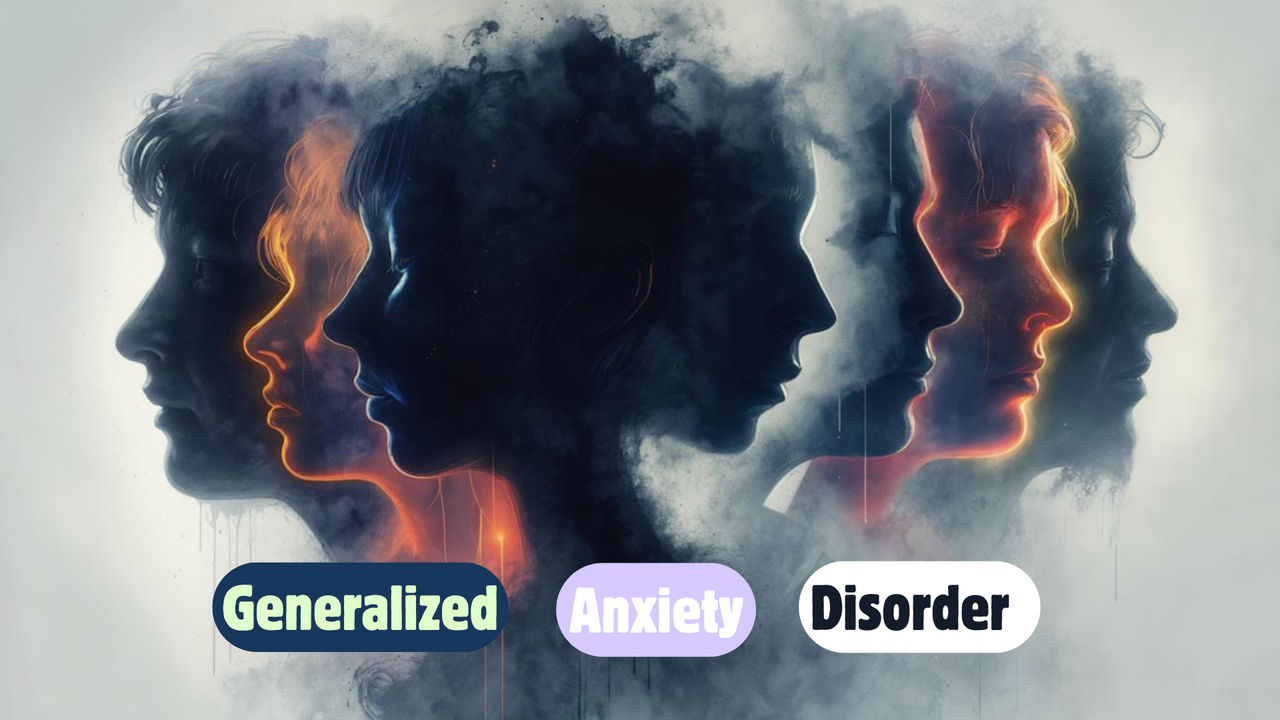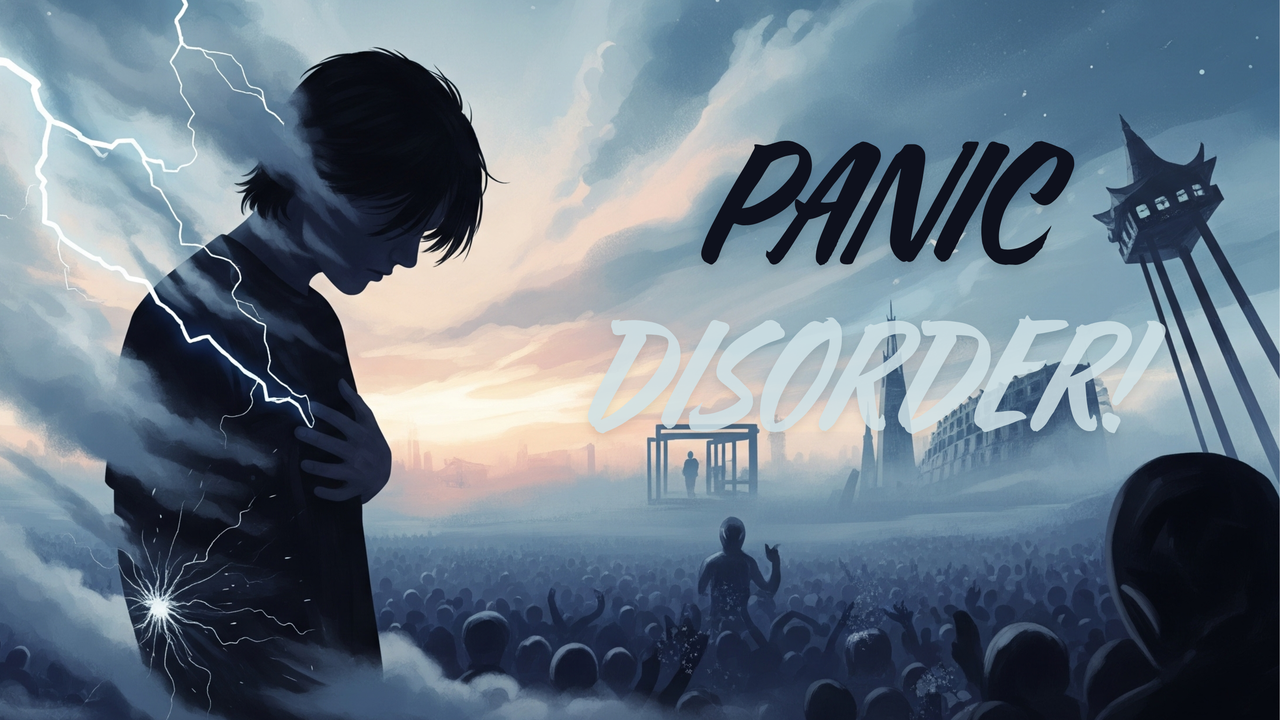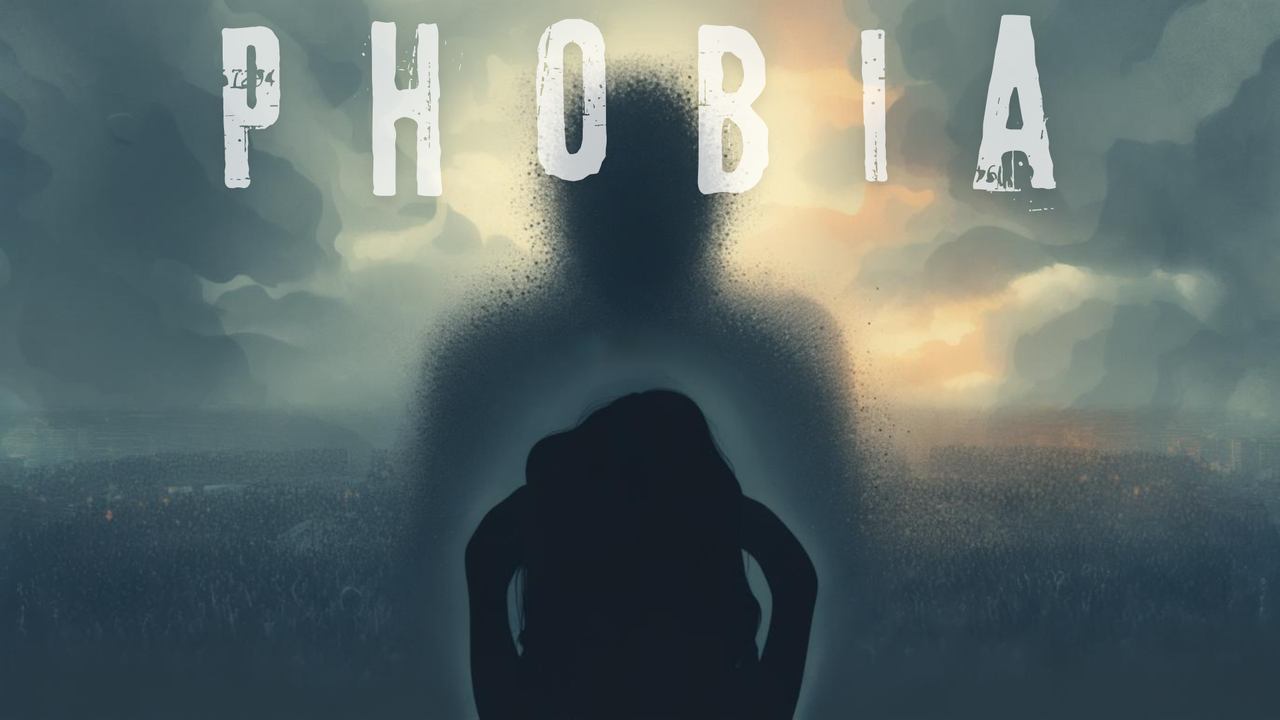Mild, short-term anxiety is a common response to life's pressures and doesn’t always indicate a deeper issue. Whether it's nervousness before a job interview or concern about an upcoming exam, occasional anxiety is a normal part of life. However, when anxiety becomes persistent, overwhelming, and interferes with daily functioning, it may indicate the presence of an anxiety disorder.
Anxiety disorders include various mental health conditions in which persistent nervousness and significant shifts in behavior disrupt a person’s ability to function normally in daily life. Unlike temporary stress responses, these disorders involve prolonged periods of intense anxiety that can significantly impact a person's quality of life, relationships, and ability to perform everyday tasks.
Among the most common anxiety disorders are Generalized Anxiety Disorder (GAD), Panic Disorder, and various types of Phobias. Each of these conditions presents unique challenges and symptoms, yet they all share the common thread of causing distress that extends beyond normal worry or fear responses.
This comprehensive guide aims to explore these three prevalent anxiety disorders in detail, providing valuable insights into their symptoms, causes, and treatment options. Understanding these conditions is the first step toward recognizing when professional help may be needed and discovering effective pathways to recovery and management.
Generalized Anxiety Disorder (GAD)
Understanding GAD
Unlike everyday stress, Generalized Anxiety Disorder causes persistent and overwhelming worry that doesn't match the reality of the situation. People with GAD often describe their worry as consuming and difficult to manage, even when they recognize their concerns may be unrealistic.
Generalized Anxiety Disorder is primarily identified by frequent, intense worry and anxiety that persists on most days over a span of six months or longer. This worry extends across multiple areas of life, including work performance, family relationships, health concerns, and financial matters.
 |
| GENERAL ANXIETY DISORDER |
Symptoms of GAD
Psychological Symptoms
Persistent worry: Constant concern about various aspects of life
Restlessness: Feeling keyed up or on edge most of the time
Difficulty concentrating: refers to challenges in staying focused or maintaining attention, often making decision-making and task completion harder than usual.
Irritability: Increased sensitivity and quick frustration
Anticipating disaster: Expecting the worst possible outcomes
Mind racing: Thoughts that jump rapidly from one concern to another
Physical Symptoms
Chronic fatigue: Feeling tired despite adequate rest
Muscle tension often manifests as tightness or discomfort, especially in the neck, shoulders, and back - frequently linked to stress or anxiety.
Sleep disturbances: Difficulty falling asleep or staying asleep
Gastrointestinal issues: Stomach problems, nausea, or digestive discomfort
Heart palpitations: Rapid or irregular heartbeat
Lightheadedness: Feeling dizzy or faint
Headaches: Frequent tension headaches
Causes and Contributing Factors
GAD typically develops through a combination of factors rather than a single cause:
Genetic predisposition: Family history of anxiety disorders increases risk
Disruptions in mood-regulating: chemicals like serotonin and dopamine can contribute significantly to the development of anxiety symptoms.
Environmental factors: such as long-term stress, traumatic experiences, or major life transitions - can significantly influence the onset and severity of anxiety disorders.
Personality traits: Tendency toward perfectionism or negative thinking patterns
Medical conditions: Certain health issues can trigger or worsen anxiety symptoms
Treatment Approaches
Effective treatment for GAD often involves a multimodal approach:
Cognitive Behavioral Therapy (CBT): a form of psychotherapy that helps individuals recognize harmful thinking patterns and replace them with healthier, more constructive ones.
Pharmaceutical options: for anxiety relief may involve antidepressants and calming agents aimed at rebalancing brain chemistry and improving day-to-day functioning.
Self-help strategies: Relaxation techniques, mindfulness meditation, and stress management
Lifestyle modifications: Regular exercise, adequate sleep, and healthy nutrition
Panic Disorder
Understanding Panic Disorder
Panic Disorder is characterized by recurrent, unexpected panic attacks followed by persistent concern about future attacks. A panic attack is a sudden episode of intense fear or discomfort that reaches peak intensity within minutes and includes both physical and psychological symptoms.
While many people experience isolated panic attacks, Panic Disorder involves repeated episodes along with ongoing worry about when the next attack might occur. This anticipatory anxiety can be just as debilitating as the attacks themselves.
 |
| PANIC DISORDER |
Symptoms of Panic Attacks
Panic attacks involve an abrupt surge of intense fear accompanied by at least four of the following symptoms:
Cardiovascular symptoms: Racing heart, palpitations, chest pain
Respiratory symptoms: Shortness of breath, feeling of choking
Neurological symptoms: Dizziness, lightheadedness, trembling or shaking
Psychological symptoms: Fear of losing control, fear of dying, feelings of unreality
Physical sensations: Sweating, hot or cold flashes, numbness or tingling
Gastrointestinal symptoms: Nausea or abdominal distress
Difference Between Panic Attacks and Panic Disorder
Experiencing a single panic attack doesn't necessarily indicate Panic Disorder. The diagnosis requires:
Recurrent unexpected panic attacks
At least one month of persistent concern about additional attacks
Significant changes in routine, interaction, or decision-making may emerge as a way to manage or prevent the distress caused by anxiety attacks.
Avoidance of situations where attacks might occur
Triggers and Risk Factors
Panic attacks can occur without obvious triggers, but common factors include:
Stressful life events: Major transitions, loss, or trauma
Substance use: Caffeine, alcohol, or certain medications
Medical conditions: Thyroid disorders, heart conditions, or breathing problems
Genetic factors: Family history of panic disorder or anxiety
Personality traits: High sensitivity to physical sensations
Treatment Options
Psychotherapy
Cognitive Behavioral Therapy (CBT): Helps identify and modify catastrophic thinking patterns
Exposure therapy: a psychological technique that gradually introduces individuals to feared sensations or situations in a safe and controlled manner, helping reduce anxiety and foster emotional resilience.
Panic-focused psychodynamic therapy: Explores underlying emotional conflicts
Medications
SSRIs and SNRIs: First-line antidepressants for long-term management
Benzodiazepines: Short-term use for severe symptoms (due to dependence potential)
Beta-blockers: May help with physical symptoms in specific situations
Self-Help Strategies
Deep breathing techniques: Slow, controlled breathing to manage hyperventilation
Mindfulness practices: Present-moment awareness to reduce anticipatory anxiety
Lifestyle modifications: Limiting caffeine and alcohol, regular exercise, adequate sleep
Phobias
Understanding Phobias
Phobias are marked by exaggerated fear that can interfere with daily life, despite the source of fear being relatively harmless. Unlike normal fears, phobias involve disproportionate anxiety that leads to avoidance behavior and significant distress or impairment in daily functioning.
The key distinction between common fears and phobias lies in the severity and impact. While many people dislike spiders or feel nervous about flying, those with phobias experience overwhelming terror that interferes with their ability to function normally.
 |
| PHOBIA |
Types of Phobias
Specific Phobias
Animal phobias: Fear of dogs, cats, insects, or reptiles
Fear of natural phenomena: including elevation, turbulent weather, or aquatic environments is characteristic of this specific type of phobia.
Blood-injection-injury phobias: Fear of medical procedures or seeing blood
Situational Phobias: These phobias involve intense fear triggered by specific settings or activities - such as being in confined spaces, flying in airplanes, or driving vehicles - often leading to avoidance behaviors that disrupt daily life.
Other Specific Phobias: Some individuals experience overwhelming fear related to involuntary reactions or sensory experiences, including choking, vomiting, or loud noises, even when there's little actual danger involved.
Complex Phobias
Agoraphobia: centers around the fear of losing control or being stuck in places where support feels out of reach, prompting significant lifestyle changes.
Social phobia (Social Anxiety Disorder): Fear of social situations and judgment by others
Impact on Daily Life
Phobias can significantly affect quality of life by:
Limiting career or educational opportunities
Restricting social activities and relationships
Causing physical symptoms like panic attacks
Leading to secondary depression or other anxiety disorders
Creating dependency on others for avoided activities
Treatment Approaches
Therapy
Exposure therapy: is a structured psychological approach that gently and progressively helps individuals face their fears - whether objects or situations - so they can lessen emotional distress and gain confidence over time.
Cognitive Behavioral Therapy: Addressing irrational thoughts and beliefs
Systematic desensitization: Combining relaxation with gradual exposure
Virtual reality therapy: Using technology for safe exposure experiences
Medication
Anti-anxiety medications: For managing severe anxiety symptoms
Antidepressants: May help with underlying anxiety and depression
Beta-blockers: For specific situations requiring performance (e.g., public speaking)
Seeking Help and Coping Strategies
When to Seek Professional Help
Consider consulting a mental health professional if:
Anxiety symptoms interfere with work, school, or relationships
Avoidance behaviors limit daily activities
Physical symptoms cause significant distress
Self-help strategies aren't providing relief
Substance use increases to cope with anxiety
General Coping Strategies
Stress Management
Time management: Organizing schedules and priorities
Problem-solving skills: Breaking down challenges into manageable steps
Boundary setting: Learning to say no to overwhelming commitments
Healthy Lifestyle Practices
Regular exercise: Physical activity reduces anxiety and improves mood
Balanced nutrition: Stable blood sugar helps regulate mood
Adequate sleep: 7-9 hours nightly for optimal mental health
Mindfulness and meditation: Daily practice for stress reduction
Support Systems
Professional support: Therapists, counselors, and support groups
Personal relationships: Family and friends who understand and encourage
Online resources: Reputable mental health websites and apps
Peer support: Connecting with others who share similar experiences
Conclusion
Anxiety disorders, including Generalized Anxiety Disorder, Panic Disorder, and Phobias, are common mental health conditions that affect millions of people worldwide. While these disorders can significantly impact daily life, it's important to remember that they are highly treatable with appropriate professional help.
Understanding the distinct characteristics of each condition—from the persistent worry of GAD to the intense fear episodes of panic attacks and the specific avoidance patterns of phobias—can help individuals recognize when they may need support. Each disorder requires tailored treatment approaches, but all benefit from early intervention and comprehensive care.
The journey to managing anxiety disorders often involves a combination of professional therapy, appropriate medication when necessary, and personal coping strategies. With proper treatment and support, individuals can learn to manage their symptoms effectively and regain control over their lives.
Seeking help is a courageous step—an act of self-respect that leads to greater understanding, emotional healing, and lasting strength. Mental health is just as important as physical health, and prioritizing your well-being is an investment in your future happiness and success. If you recognize symptoms of anxiety disorders in yourself or a loved one, don't hesitate to reach out to a qualified mental health professional for guidance and support.
Please note: This article serves educational purposes and does not replace medical advice. Consult a licensed professional for personalized care and diagnosis.

Comments
Post a Comment